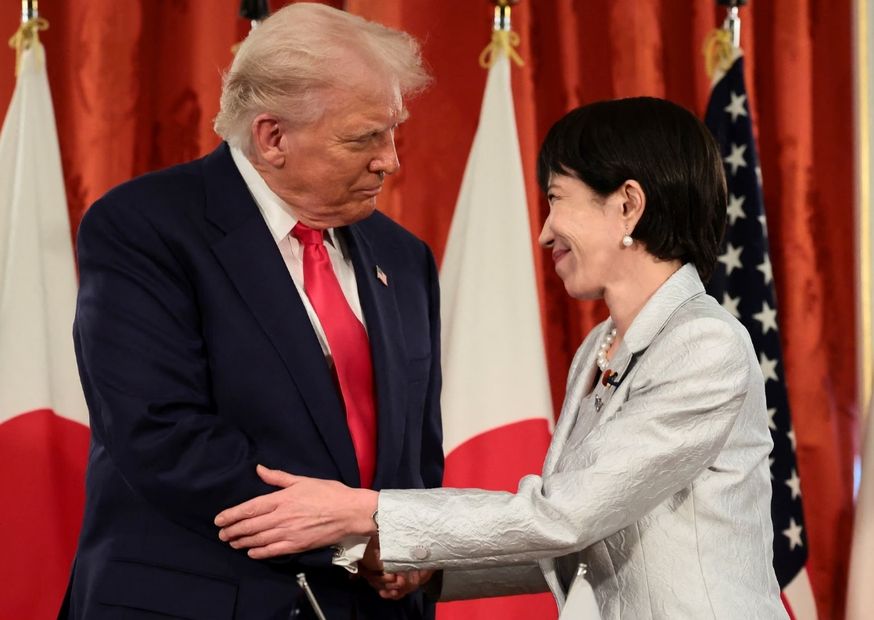TOKYO, JAPAN: In a major strategic breakthrough, the United States and Japan have signed a rare earths and critical minerals supply agreement aimed at reducing dependence on China and strengthening economic and industrial resilience across the Indo-Pacific region.
The landmark deal, inked at Tokyo’s Akasaka Palace between former US President Donald Trump and Japanese Prime Minister Sanae Takaichi, outlines joint investment, coordinated policy reforms, and the creation of shared stockpiles for rare minerals essential to defense, technology, and renewable energy sectors. Both nations have also pledged to collaborate with “like-minded partners” to develop transparent and stable global supply chains.
The agreement’s timing has raised eyebrows globally — coming just days before Trump’s expected meeting with Chinese President Xi Jinping in South Korea. Analysts see the move as both an economic maneuver and a geopolitical message, signalling Washington and Tokyo’s determination to counter Beijing’s dominance over the rare-earth market, which currently exceeds 90% of global processing.
Japan is reportedly planning major investments in US-based mineral projects, while Washington aims to diversify its critical mineral sourcing to minimize vulnerabilities exposed during recent trade tensions. The agreement also aligns with the two allies’ broader strategy to strengthen their Indo-Pacific cooperation in trade, defense, and technology.
Experts suggest that this pact could reshape the global mineral supply landscape, paving the way for new partnerships with other nations, including those in South Asia. As the world transitions toward clean energy and high-tech manufacturing, control over rare earth resources is fast emerging as the new frontier of economic power.
This story has been reported by PakTribune. All rights reserved.



